概要
製造業 OEM超硬ロッド は、高品質の金属粉末を様々な産業で使用される耐久性のある精密なロッドに変換する複雑なプロセスを伴います。この包括的なガイドでは、種類、用途、材料特性、ニーズに合った棒の選択など、OEM超硬棒について知っておくべきことをすべて網羅しています。各側面の詳細に踏み込むことで、これらのロッドが現代の製造業において不可欠である理由を詳細に理解することができます。
OEM超硬ロッドの種類
さまざまなOEM超硬ロッドは、さまざまな用途に対応しています。具体的な金属粉末のモデルとそのユニークな特徴を探ってみましょう。
| 超硬ロッドタイプ | 説明 |
|---|---|
| H10F | 高い靭性と優れた耐摩耗性で知られる。鋼の加工に適している。 |
| K40 | 耐摩耗性が高く、鋳鉄や非鉄金属に最適。 |
| WC-10Co | 10%コバルト入り超硬合金。優れた硬度と強度を持つ。 |
| WC-6Ni | 6%ニッケル入りタングステンカーバイド。耐食性に優れる。 |
| P40 | 硬さと靭性のバランスがとれた万能材。一般機械加工に適している。 |
| C2 | 粒子が細かく、精密工具に最適。 |
| T30 | 熱安定性が高く、高速切断用途に使用される。 |
| N10 | 非鉄材料用に設計されており、耐摩耗性に優れています。 |
| K30 | 硬度と靭性のバランスが良く、断続切削に最適。 |
| H13 | 高い靭性を持ち、ヘビーデューティー用途に使用される。 |
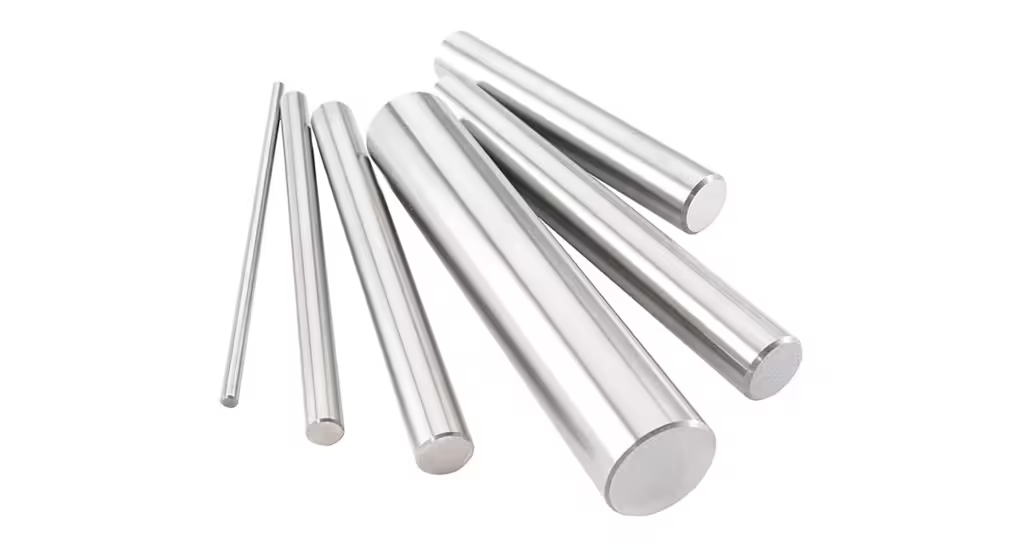
OEM超硬ロッドの用途
OEMの超硬ロッドは、その耐久性と精度により、さまざまな産業用途に不可欠です。ここでは、さまざまな分野でどのように活用されているかをご紹介します。
| 申し込み | 説明 |
|---|---|
| 切削工具 | 金属加工用のエンドミル、ドリル、リーマーに使用。 |
| マイニングツール | 耐摩耗性が高いため、削岩工具や切削工具に使用される。 |
| 自動車産業 | エンジンおよびトランスミッション用部品 |
| 航空宇宙 | 航空機や宇宙船製造用の精密部品。 |
| 木工 | 木材を切断、成形、形成するための工具。 |
| 医療機器 | 手術器具、歯科器具 |
| 建設 | 重機や工具の部品。 |
| エレクトロニクス | 回路基板製造用精密工具。 |
| ジュエリー制作 | 金属や宝石を成形するための金型に使用される。 |
| 石油・ガス | 掘削・探査ツール |
材料特性
OEMの材料特性 超硬棒 は、その性能にとって極めて重要である。ここでは、その組成、特性、特徴について詳しく見ていこう。
| プロパティ | 説明 |
|---|---|
| 硬度 | HRAで測定され、通常85から94の範囲である。 |
| タフネス | 高い破壊靭性は、破損に耐えるために不可欠である。 |
| 耐摩耗性 | 卓越した、長い工具寿命を保証します。 |
| 熱伝導率 | 効率的な放熱。 |
| 耐食性 | コバルトやニッケルなどのバインダー金属によって異なる。 |
| 密度 | 密度が高く、約14~15g/cm³。 |
| 圧縮強度 | 高さがあり、重い荷重にも耐えられる。 |
| 熱安定性 | 高温でも性能を維持。 |
構成と特徴
OEM超硬ロッドのユニークな組成は、その性能特性を定義しています。
| 構成 | 特徴 |
|---|---|
| 炭化タングステン(WC) | 極めて高い硬度と耐摩耗性を実現。 |
| コバルト | 靭性と耐衝撃性を高める。 |
| ニッケル(Ni) | 耐食性を高める。 |
| 炭化チタン(TiC) | 耐摩耗性と靭性を向上させる。 |
| 炭化タンタル(TaC) | 硬度と熱安定性を高める。 |
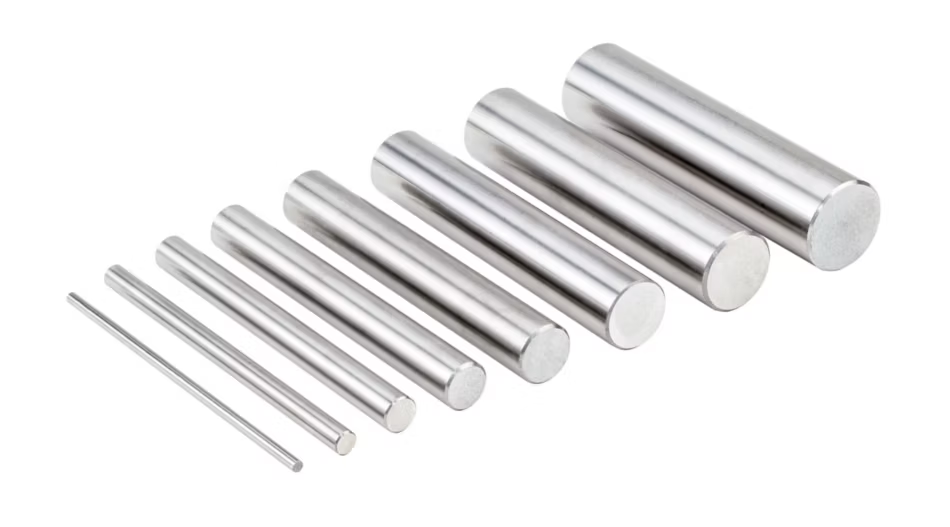
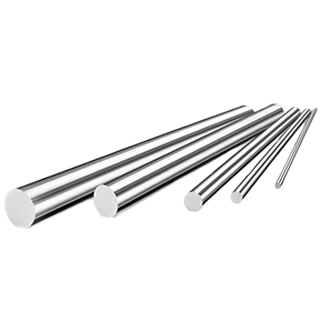
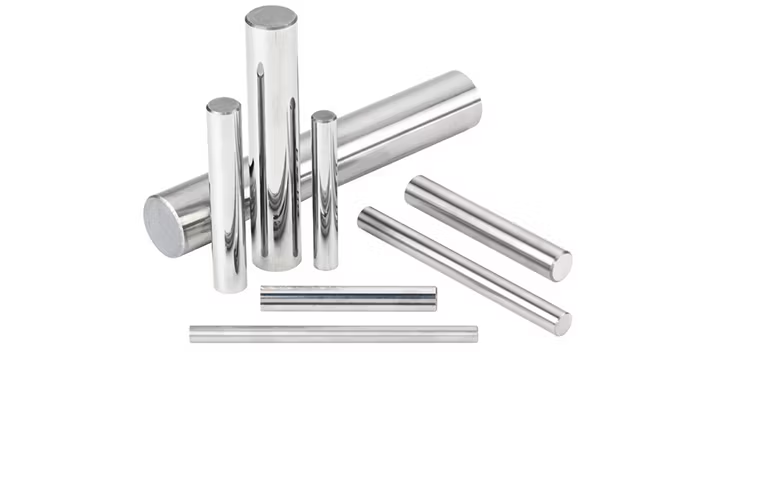

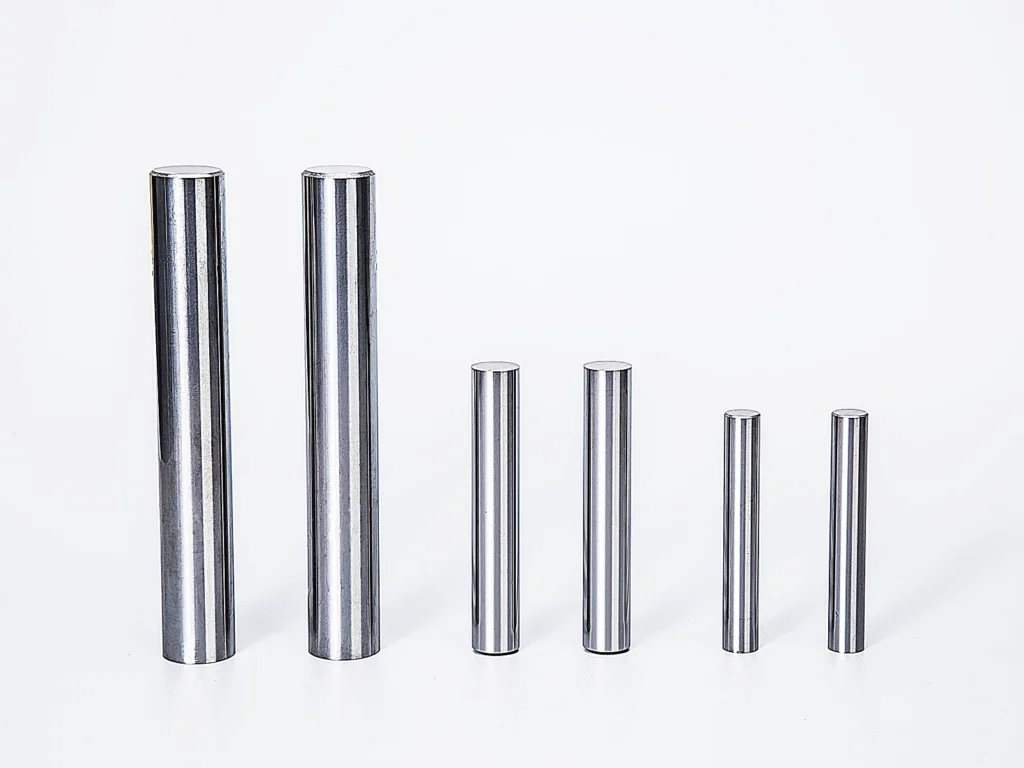
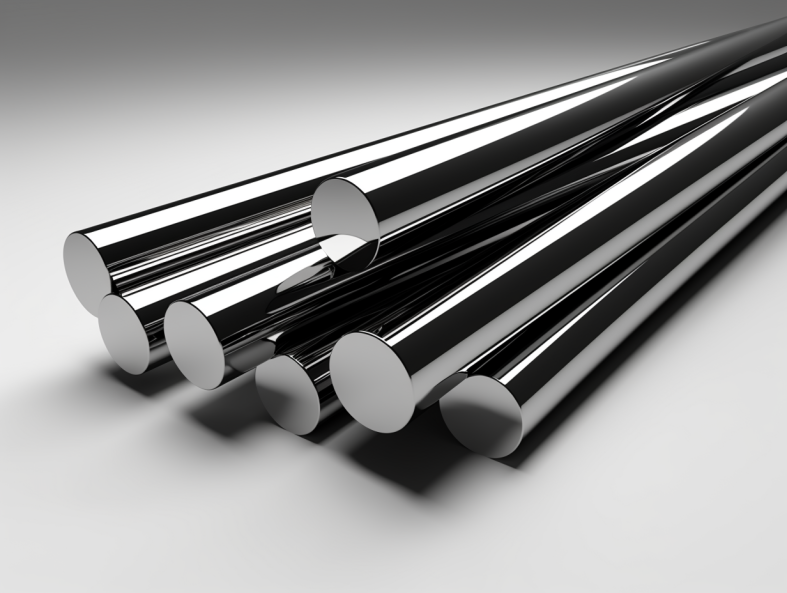
硬度、強度、耐摩耗性
OEM超硬ロッドの機械的特性を理解することは、特定の用途に適したタイプを選択するのに役立ちます。
| メートル | 範囲/値 |
|---|---|
| 硬度(HRA) | 85-94 |
| 圧縮強度 (MPa) | 3000-4500 |
| 耐摩耗性 | タイプや用途によって異なる。 |
仕様、サイズ、形状、規格
超硬ロッドは、業界標準に準拠したさまざまなサイズと形状があります。
| 仕様 | 詳細 |
|---|---|
| 直径範囲 | 1mm~50mm |
| 長さの範囲 | 50mm~330mm |
| シェイプス | 丸型、正方形、長方形 |
| 規格 | ISO、ANSI、DIN |
サプライヤーと価格詳細
適切なサプライヤーを選ぶことで、品質と費用対効果が保証されます。ここでは、評判の良いサプライヤーと代表的な価格詳細をご紹介します。
| サプライヤー | 地域 | 価格(1kgあたり) |
|---|---|---|
| XYZ超硬合金 | アメリカ | $50 – $70 |
| ABCツールズ | 中国 | $40 – $60 |
| グローバルカーバイド | ヨーロッパ | $55 – $75 |
| 精密金属 | インド | $45 – $65 |
正しいOEMの選択 超硬棒
適切な超硬棒を選ぶには、用途、材料特性、コストなど、いくつかの要素を考慮する必要があります。
| 考察 | 詳細 |
|---|---|
| 申し込み | ロッドの種類を特定のユースケースに合わせる。 |
| 材料特性 | ロッドに必要な硬度と靭性があることを確認する。 |
| コスト | 品質と予算のバランスをとる。 |
| サプライヤーの信頼性 | 安定した品質で評判の良いサプライヤーを選ぶ。 |
OEM超硬ロッドの利点と限界
さまざまな超硬ロッドの長所と短所を理解することは、十分な情報を得た上での決断に役立ちます。
| タイプ | メリット | 制限事項 |
|---|---|---|
| H10F | 高い靭性、優れた耐摩耗性 | 限られた耐食性 |
| K40 | 優れた耐摩耗性 | 衝撃の大きい用途には不向き |
| WC-10Co | 優れた硬度と強度 | 高い |
| WC-6Ni | 良好な耐食性 | WC-10Coより低い硬度 |
OEM超硬ロッドの選び方
正しいOEM超硬ロッドを選ぶのは難しいことです。最適な選択をするためのヒントをいくつかご紹介します。
- ニーズを特定する: アプリケーションの具体的な要件を決定します。
- 材料の特性を評価する: 必要な硬度、靭性、耐摩耗性を検討する。
- サプライヤーを比較する 良いレビューのある信頼できるサプライヤーを探す。
- 基準をチェックする: ロッドがISOやANSIのような業界基準を満たしていることを確認する。
- コストを考える: 品質と性能のバランスと予算。
OEM超硬ロッドの機能
OEMの超硬ロッドは、その耐久性と精度により、様々な製造工程で重要な役割を果たしています。
- 切断効率: その硬度は、材料の効率的な切断と成形を保証する。
- 寿命が長い: 高い耐摩耗性により工具寿命が延び、交換頻度を低減。
- 汎用性がある: 金属、木材、複合材など幅広い素材に適している。
- 精度が高い: 高精度のアプリケーションに不可欠な厳しい公差を維持します。

よくあるご質問
| 質問 | 回答 |
|---|---|
| OEMの超硬棒の材質は? | 主に炭化タングステンにコバルトやニッケルなどのバインダーを加えたもの。 |
| なぜ超硬ロッドが切削工具に好まれるのか? | その卓越した硬度と耐摩耗性によるものだ。 |
| 正しい超硬棒の選び方は? | 用途、材料特性、コストを考慮する。 |
| OEM超硬ロッドはどのような産業で使用されていますか? | 自動車、航空宇宙、鉱業、木工など。 |
| 超硬棒はどれも同じですか? | いや、組成、硬度、用途の適性が異なる。 |
| 超硬ロッドの一般的な硬度は? | HRAは85から94まで。 |
| 超硬ロッドは高速切削に使用できますか? | 特にT30のような熱安定性の高いタイプはそうだ。 |
| OEMの超硬ロッドを使用するメリットは何ですか? | 工具寿命の延長、正確な切削、さまざまな材料に対応する汎用性。 |
| 超硬ロッドはどのように製造されるのですか? | 粉末冶金、プレス、焼結を含むプロセスを通して。 |
| 超硬ロッドの価格帯は? | 種類や供給業者によって異なるが、通常1kgあたり$40~$75。 |
結論
OEM 超硬棒 は、比類のない硬度、耐摩耗性、精度を提供し、現代の製造業に欠かせないものです。さまざまな種類、用途、特性を理解することで、特定のニーズを満たす適切な超硬棒を選択することができます。自動車産業、航空宇宙産業、その他あらゆる産業において、これらのロッドは高品質生産に必要な耐久性と性能を提供します。




